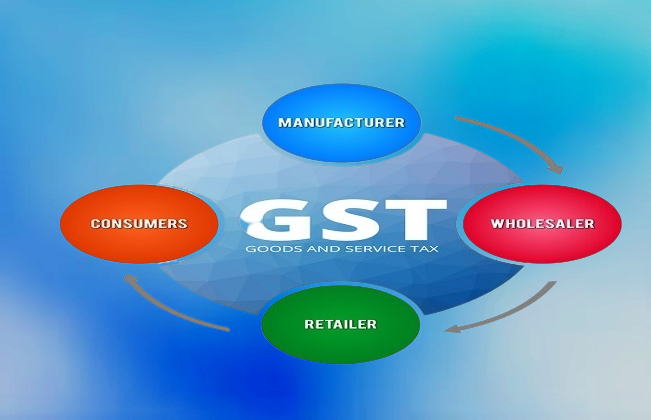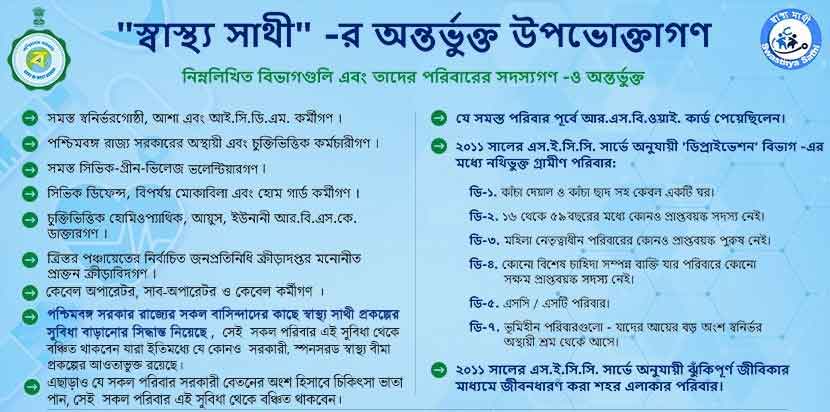Goods and Services Tax (GST) is a tax system implemented in several countries around the world, including India, Australia, Canada, and Malaysia. It is a value-added tax that is applied to the sale of goods and services, and it replaces the traditional system of multiple taxes on the same product or service. GST is a consumption-based tax, meaning it is levied on the final consumer of the product or service.
The main objective of GST is to create a more efficient and transparent tax system that promotes economic growth and development. By eliminating the cascading effect of multiple taxes, GST reduces the cost of doing business and encourages investment and trade. GST also broadens the tax base by bringing more businesses and individuals into the tax net, thereby increasing government revenue.
GST is implemented through a dual system of taxation, whereby both the central and state governments levy the tax on goods and services. The central GST (CGST) is collected by the central government, while the state GST (SGST) is collected by the state governments. The tax is calculated as a percentage of the price of the goods or services sold, and the rate of tax varies depending on the type of product or service.
GST has several advantages over the traditional tax system. Firstly, it simplifies the tax system by eliminating multiple taxes on the same product or service. This reduces the compliance burden on businesses, as they only need to file one tax return instead of multiple returns for different taxes. Secondly, GST reduces the cost of doing business by eliminating the cascading effect of multiple taxes, which leads to lower prices for consumers. Thirdly, GST broadens the tax base by bringing more businesses and individuals into the tax net, which increases government revenue. Finally, GST promotes transparency and accountability in the tax system by requiring businesses to maintain accurate records of their transactions.
However, there are also some challenges associated with GST implementation. One of the main challenges is the complexity of the tax system, which can be difficult for businesses to understand and comply with. Another challenge is the need for a robust IT infrastructure to support the implementation of GST, including a centralized tax administration system and a GST network for online filing of tax returns. Finally, there is also a risk of inflationary pressure on prices due to the increase in tax rates under the GST regime.
The implementation of GST in India has been one of the most significant tax reforms in the country’s history. GST was implemented in India on July 1, 2017, and it replaced multiple indirect taxes, such as excise duty, service tax, and value-added tax (VAT). The implementation of GST in India was a complex process, involving a series of legislative changes, stakeholder consultations, and IT system development.
The implementation of GST in India has had both positive and negative impacts on the economy. On the positive side, GST has simplified the tax system, reduced the cost of doing business, and improved compliance. It has also led to increased revenue collection for the government, which has been used to fund social welfare programs and infrastructure development. On the negative side, there have been some initial implementation challenges, including technical glitches in the IT system, confusion over tax rates, and difficulties in transitioning to the new tax system. There have also been concerns about the impact of GST on small businesses, which may find it difficult to comply with the new tax system.
The GST system in India is divided into four tax rates – 5%, 12%, 18%, and 28%. Some products, such as alcohol, petroleum products, and electricity, are exempt from GST. In addition, certain items, such as gold, are subject to an additional surcharge of 3%.
![]()





